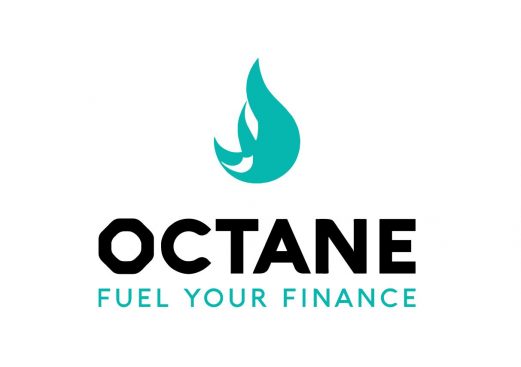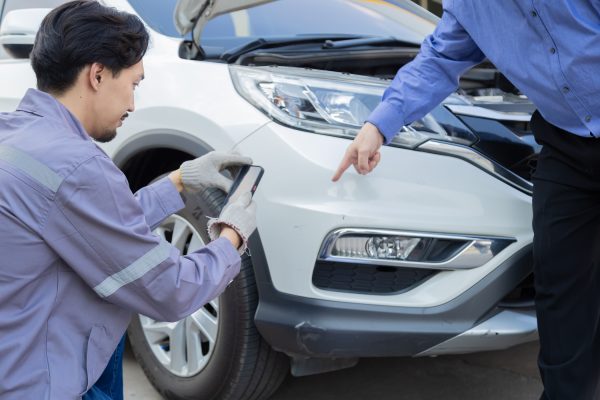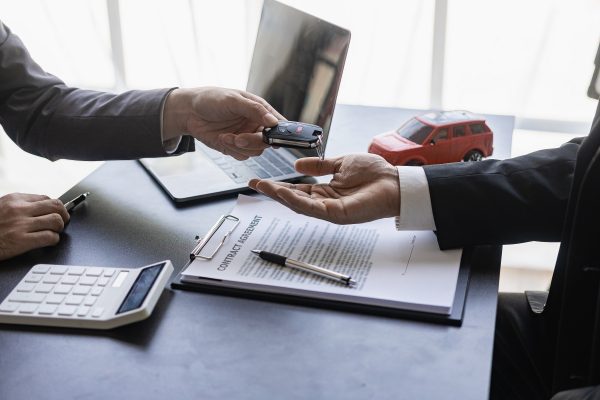It seems to be a more common issue now where consumers are raising concerns that are impossible to find. These are usually weird noises from dashboards, roofs, doors, you name it. They don’t always point towards a fault but often require investigation to determine whether it is a defect or just a quirk of the vehicle.
The first thing to do is to try and recreate the issue the consumer has reported. Whether you do this with the consumer in the vehicle or carry out any necessary test drives with a technician is up to you.
If no issues or noises are present, you should produce a report with the parameters of the test, such as the length of the test and the speed of the vehicle, and provide the consumer with a copy. They may want to try to recreate the noise while in the vehicle with you.
If you do find an issue or noise, this should also be noted in a report, detailing the parameters of the test when it occurs. This should help in tracking down the source.
Usually, rattles are found somewhere in the interior, which may require removing panels or the dashboard to work out where they are coming from. These tend to occur more commonly in newer vehicles where panels are brand new and may need some minor adjustments to avoid any further rattles.
If an issue is identified, it should be noted in the report with details of how the issue came about. If you have any queries about the findings, you can use our legal helpline to get advice on what you have discovered.
At this point, you should have the evidence needed to determine whether the issue is a fault and whether it was present or developing at the point of sale. This will steer you in the right direction to resolve any complaints your customers may have about a purchased vehicle.
If you need more in-depth assistance, you can send your documents to us and open a case for our legal team to review and get involved. Remember, our members also have access to software and resources to help manage these issues more efficiently.

Octane Finance is the broker of choice for new and used car dealers nationwide. With our uncompromising service levels and our genuine and professional approach, you and your customers can trust us to deliver.








